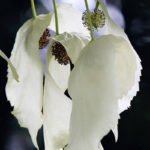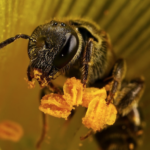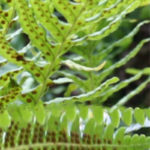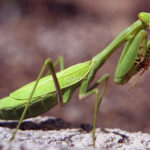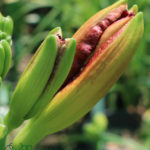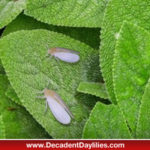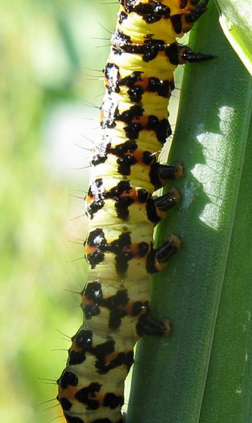
Lily Borer Caterpillar or Kew Arches
Lily Borer Caterpillar or Kew Arches, Amaryllis Borer or Crinum Borer
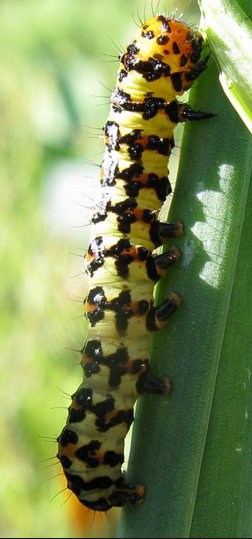 Lily borer caterpillar or Kew arches originally belong to Mediterranean coastal areas, but have also spread too many other areas in the world including Australia. These caterpillars can create havoc by completely destroying the bulbous plants they attack such as Amaryllis, Clivias, Crinums and Agapanthus. Fortunately, you can control the lily caterpillar – Spodoptera Picta using chemicals as well as natural methods.
Lily borer caterpillar or Kew arches originally belong to Mediterranean coastal areas, but have also spread too many other areas in the world including Australia. These caterpillars can create havoc by completely destroying the bulbous plants they attack such as Amaryllis, Clivias, Crinums and Agapanthus. Fortunately, you can control the lily caterpillar – Spodoptera Picta using chemicals as well as natural methods.
Description
The Lily Borer or Crinum Borer is about one and a half inches long when fully grown. The best way to identify the caterpillar is through its striking colour. It has a yellow body with bright orange and black rings and slight bristles. Black dots present on the head and base appear like eyes. This caterpillar matures into a brown coloured moth with white hind wings. The lily borers particularly attack plants belonging to Amaryllis, Haemanthus, Crinum and Nerine families. Hot, wet and humid conditions are especially suitable for their attack.
Life Cycle Lily Borer Caterpillar or Kew Arches
Several generations are produced in a year. The lily caterpillar moth will lay clusters of eggs on the underside of the host plants. The larvae hatching out will remain as clusters and will bore into the leaves of the plant. As the caterpillars grow larger, they come out and start feeding the plant externally or they may bore into leaf bases or into the bulbs. You can identify them by the infestation with the tunnels formed on the underside of the leaves. After growing to a length of 40mm, they will start populating. If untreated, the larvae can completely kill the plant.
Feeding Pattern
The Lily Borers are less active during cold climate and become very active during hot, humid months. The pupae are usually seen in the leaf litter and moves to plant leaves for feeding. The larvae are more active during the night and hides during day time. They chew the leaf surfaces and damages the plants.
How to Control Lily Borer Caterpillar
You can use natural methods to control them, if the infection is minor. If the infection is severe or affects vast horticultural plants, you may need to use chemical control methods.
Natural Treatment
You can check the plants early morning and remove any caterpillars present on the plant. You need to check both sides of the leaf and the base of the plants for the larvae. You can put the handpicked caterpillars into water and common refined table salts to drown them or squash them. You can also cut off the affected leaves and destroy them to prevent spreading.
Chemical Treatment
Once you are sure that your plants are infected by lily borers, you can use chemicals prepared to control butterflies and moths to control this caterpillar. Spraying pyrethroid insecticide, Baythroid in full cover is very effective. This insecticide has low toxicity and does not cause much damage to the environment. The leaves damaged by caterpillar infection can be further damaged by fungal infestations and hence it is better to treat the plants with sulfur to prevent fungal infections, if you are growing lilies in large scale. It is better to cut out and destroy the heavily infected leaves.
Everything You Need To Know About the Lily Borer Caterpillar, Amaryllis Borer, Crinum Borer, Agapanthus Borer, Amaryllis Worm or Crinum Grub.



